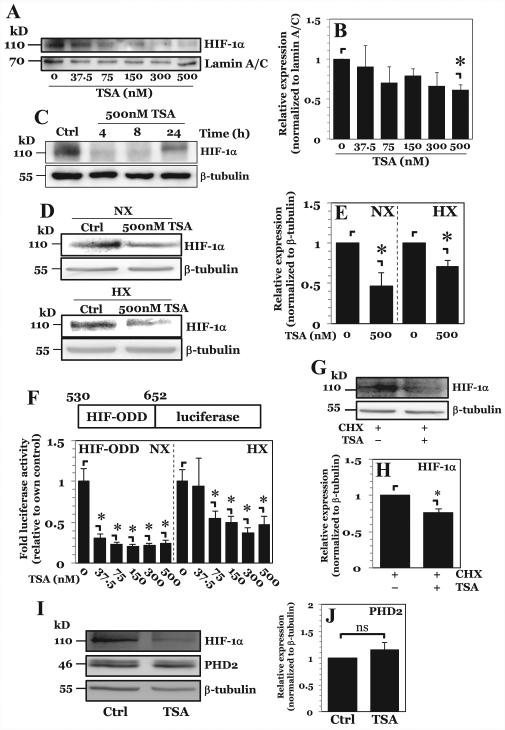Figure 1. Pan-HDAC inhibition in NP cells decreases HIF-1α protein stability in a dose dependent fashion.
A, B) Western blot analysis of HIF-1α (A) and corresponding densitometric quantification of at least 3 independent experiments (B) following exposure of NP cells to increasing doses of pan-HDAC inhibitor Trichostatin A (TSA) under hypoxia. Level of nuclear HIF-1α protein decreases only at highest dose of 500 nM of TSA. C) Western blot analysis of HIF-1α after higher-dose TSA treatment for 4-24 hours. D, E) Western blot analysis (D) and corresponding densitometric quantification of at least 3 independent sets (E) of HIF-1α after 8hr higher-dose TSA treatment under both normoxia and hypoxia. TSA treatment decreases HIF-1α expression under both conditions. F) Stability of HIF-ODD-luciferase fusion construct after increasing doses of TSA under both normoxia and hypoxia. G, H) Western blot (G) and corresponding densitometry (H) of HIF-1α in NP cells after 30 minute pretreatment with cycloheximide (CHX, 50 μg/mL) followed by treatment with 500 nM TSA. TSA treatment still results in increased HIF-1α degradation in the presence of CHX. I, J) Western blot (I) and corresponding densitometry (J) of PHD2 in NP cells after TSA treatment showing no change in PHD2 expression upon pan-HDAC inhibition. Quantitative data is represented as mean ± S.E. of three independent experiments performed in triplicate (n = 3); *, p < 0.05.

